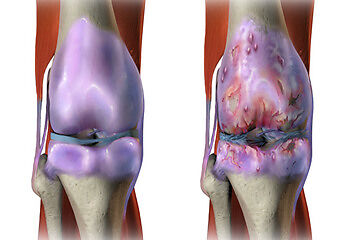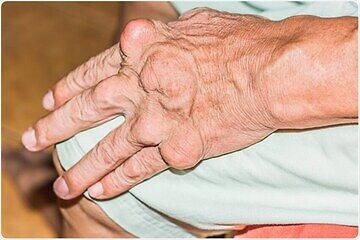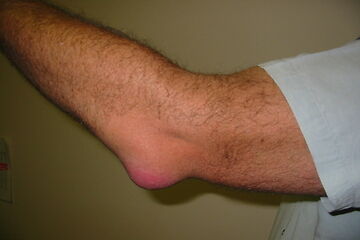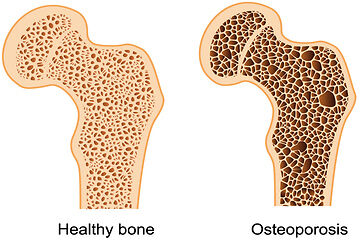What is Bursitis?
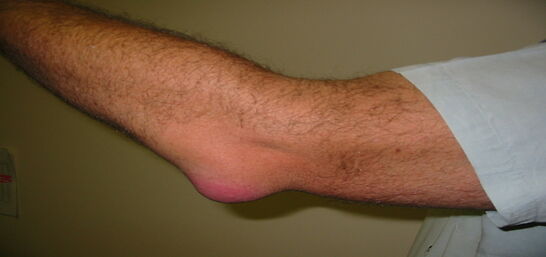
Bursitis is inflammation of the fluid-filled pads (bursae) that act as cushions at the joints.
The most common locations for bursitis are in the shoulder, elbow and hip. But you can also have bursitis by your knee, heel and the base of your big toe.
What are the signs and symptoms of Bursitis?
It's characterized by sudden, severe attacks of pain, swelling, redness and tenderness
The possible signs that may help you out are:
- Disabling joint pain
- Sudden inability to move a joint
- Excessive swelling, redness, bruising or a rash in the affected area
- Sharp or shooting pain, especially when you exercise or exert yourself
Immediately contact your doctor if you notice any such signs.
What are the causes of Bursitis?
The most common causes of bursitis are repetitive motions or positions that put pressure on the bursae around a joint.
Like - Throwing a baseball or lifting something over your head repeatedly,Leaning on your elbows for long periods,Extensive kneeling for tasks such as laying carpet or scrubbing floors.
Certain chronic conditions also may increase your risk of Bursitis, including diabetes and heart disease.
Diagnosis of Bursitis
To diagnose bursitis, your doctor will review your personal and family medical history, perform a thorough physical evaluation.
Some tests that are normally done are as:
- Imaging tests. X-ray images can't positively establish the diagnosis of bursitis, but they can help to exclude other causes of your discomfort. Ultrasound or MRI might be used if your bursitis can't easily be diagnosed by a physical exam alone.
- Lab tests. Your doctor might order blood tests or an analysis of fluid from the inflamed bursa to pinpoint the cause of your joint inflammation and pain.
What are the complications of Bursitis?
A few of the comorbidities you may face with Bursitis are:
- Left untreated, People with bursitis can develop more-severe conditions, such as: Chronic pain: Untreated bursitis can lead to a permanent thickening or enlargement of the bursa, which can cause chronic inflammation and pain .Tell your doctor if your signs and symptoms aren't improving despite treatment for Bursitis.
Prevention of Bursitis
Preventing and treating illnesses that can become the risk factor for bursitis is the best way to curb out it's complications. Make sure to change a few of your lifestyle habits and do regular physical exercise (not intense one). Talk to your doctor and take the help of a dietician who can suggest a decent diet to avert bursitis. A diet is a healthy component of Bursitis treatment in Ayurveda!


